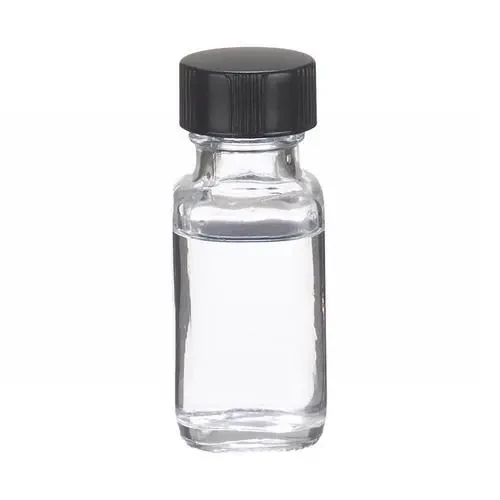The Importance of Thiocyanate A Multifaceted Compound
Thiocyanate, represented by the chemical formula SCN⁻, is a fascinating anion that has attracted significant interest in various scientific fields, including chemistry, biology, and environmental science. This compound, which can be found in both organic and inorganic forms, serves as a vital player in numerous biochemical processes and industrial applications. Understanding thiocyanate’s properties, functions, and implications is essential for leveraging its potential benefits and mitigating risks associated with its presence in the environment.
Chemical Properties and Structure
Thiocyanate is composed of one sulfur atom, one carbon atom, and one nitrogen atom. The arrangement of these atoms leads to a linear structure with a polar covalent bond between the sulfur and carbon atoms, while the nitrogen atom presents an anionic character. This unique composition endows thiocyanate with distinct chemical properties, making it soluble in water and capable of forming complexes with various metal ions. For example, thiocyanate ions can bind with iron, forming a beautiful red complex known as ferric thiocyanate, often used in chemical assays to detect iron levels.
Biological Significance
In biological systems, thiocyanate plays an important role in human physiology. It is produced in the body during the metabolism of dietary compounds such as cruciferous vegetables and is a byproduct of the breakdown of certain amino acids. Thiocyanate has antimicrobial properties, contributing to the body's defense mechanisms against pathogens. It is also integral to thyroid function, where it can inhibit the uptake of iodine by the thyroid gland. This inhibitory effect is crucial, as an excess of thiocyanate can lead to hypothyroidism, particularly in regions where iodine is already scarce.
Interestingly, thiocyanate is also a participant in various physiological processes
. Research has indicated that it may act as a signaling molecule, possibly influencing vascular function and response to oxidative stress. The presence of thiocyanate in saliva is another intriguing aspect, as it may play a role in oral health by suppressing harmful bacteria in the oral cavity. However, maintaining an optimal balance is crucial, as excessive amounts can be detrimental.Environmental Impact
thiocyan

The environmental implications of thiocyanate are noteworthy, particularly with its presence in various ecosystems. Thiocyanate can enter the environment through agricultural runoff, as it is commonly used in certain fertilizers and herbicides. Furthermore, industrial discharges from chemical manufacturing processes can introduce thiocyanate into water bodies, posing risks to aquatic life and human health.
While some organisms can metabolize thiocyanate, excessive concentrations can be toxic, leading to bioaccumulation and disruption of ecological balance. The challenge of effectively managing thiocyanate levels in the environment has prompted researchers to explore bioremediation strategies. Certain bacteria and fungi have demonstrated the ability to degrade thiocyanate, offering a natural solution for mitigating its environmental impact.
Industrial Applications
Thiocyanate is not only a compound of interest in biological and environmental contexts but also has significant industrial applications. It is used in the production of certain pesticides, herbicides, and pharmaceuticals. The versatility of thiocyanate allows it to function as a reagent in various chemical synthesis processes, including the preparation of thiocyanate salts and complexes. Additionally, it is employed in analytical chemistry as a reagent for various determinations, including blood tests for measuring thiocyanate levels as markers for certain health conditions.
Moreover, its role in the mining industry is noteworthy, particularly in the extraction of precious metals. Thiocyanate can enhance the recovery of metals like gold and silver by forming soluble complexes that facilitate their extraction from ore.
Conclusion
In conclusion, thiocyanate is a multifaceted compound with significant implications across various domains. From its chemical properties and biological roles to its environmental impact and industrial applications, thiocyanate stands out as a compound that warrants further research and understanding. As we continue to explore its potential and address the challenges it poses, the importance of thiocyanate in science and industry remains indisputable. Future advancements in our understanding of thiocyanate could lead to better management practices and innovative applications, ultimately benefiting both human health and the environment.

